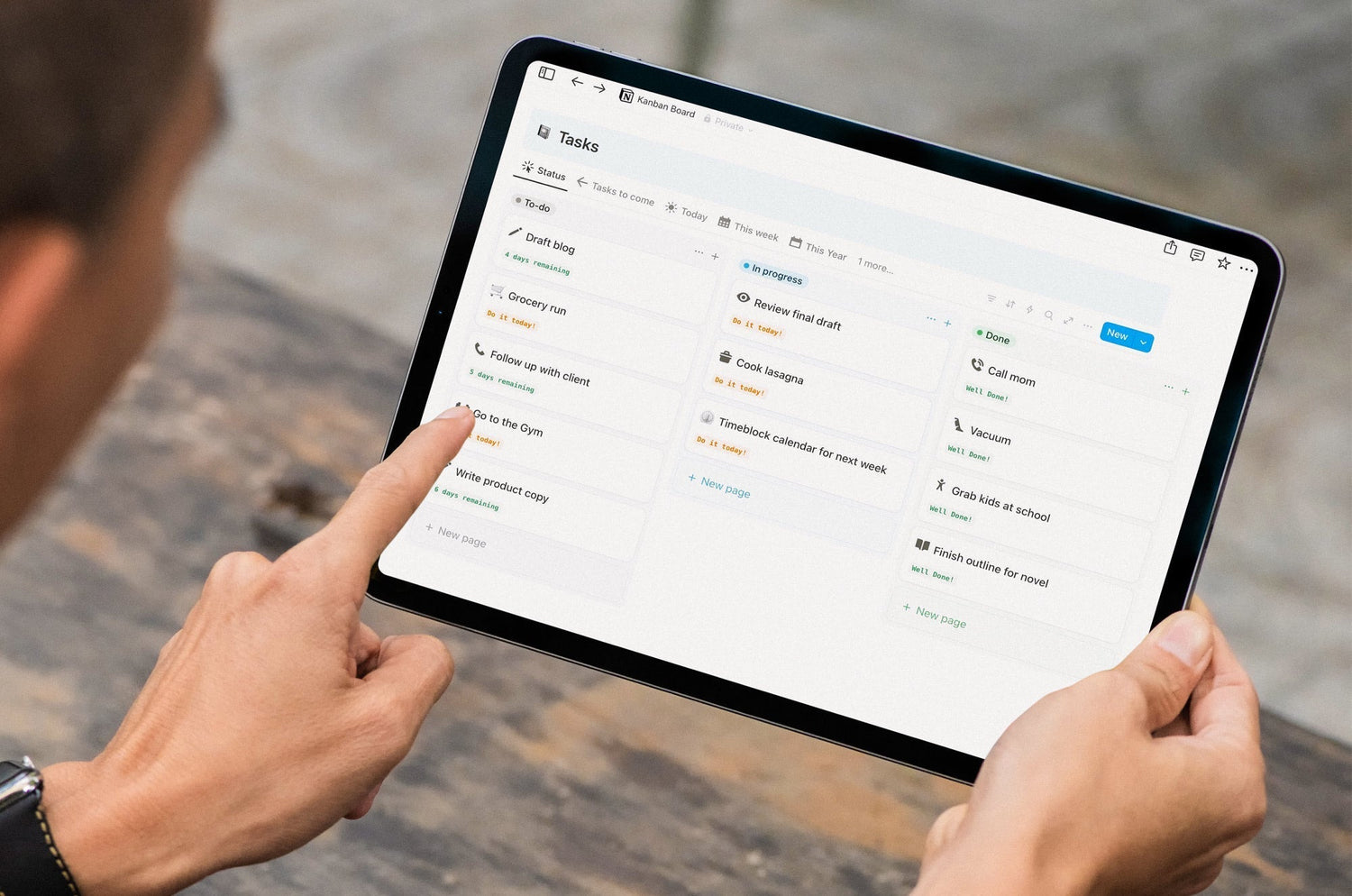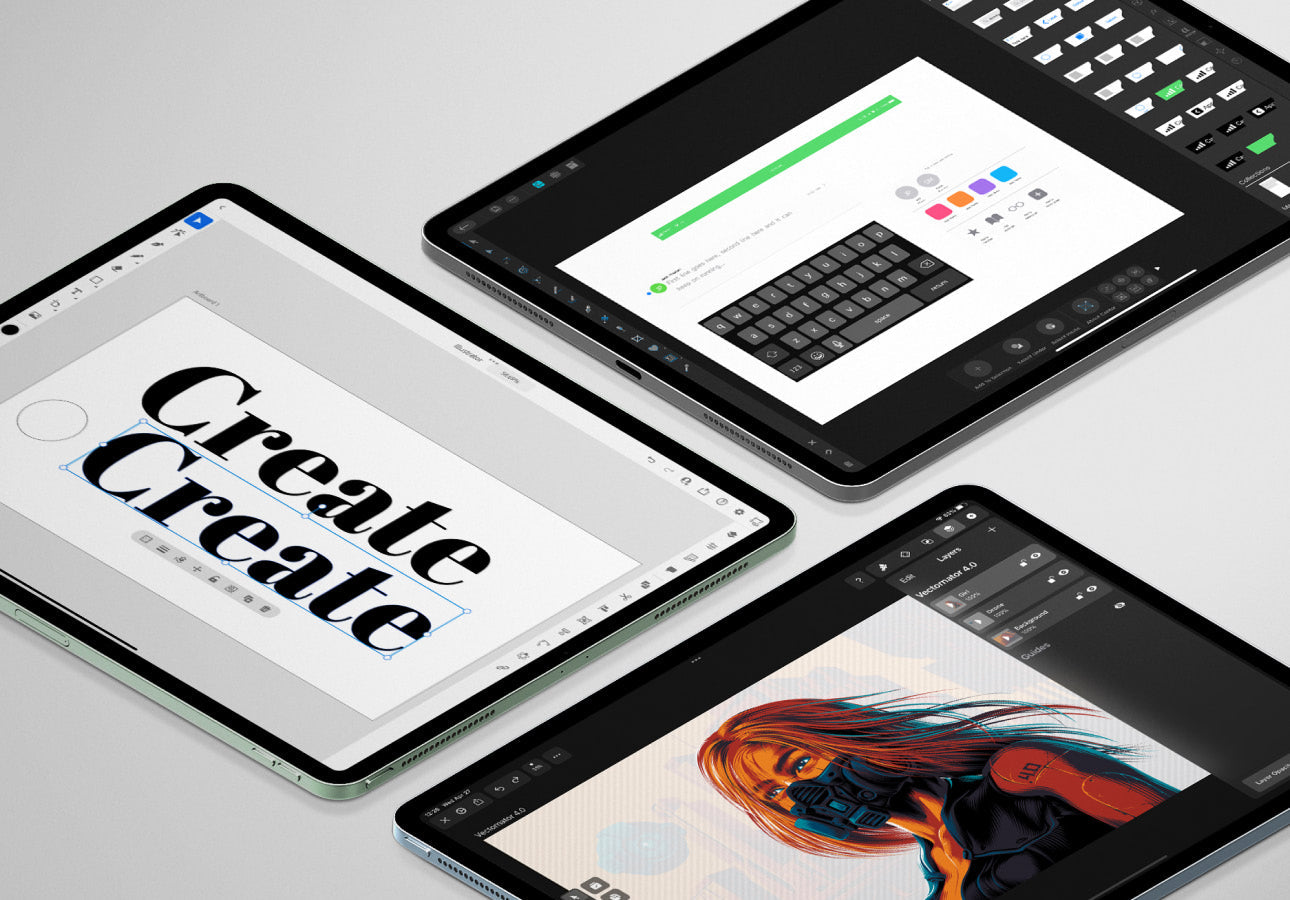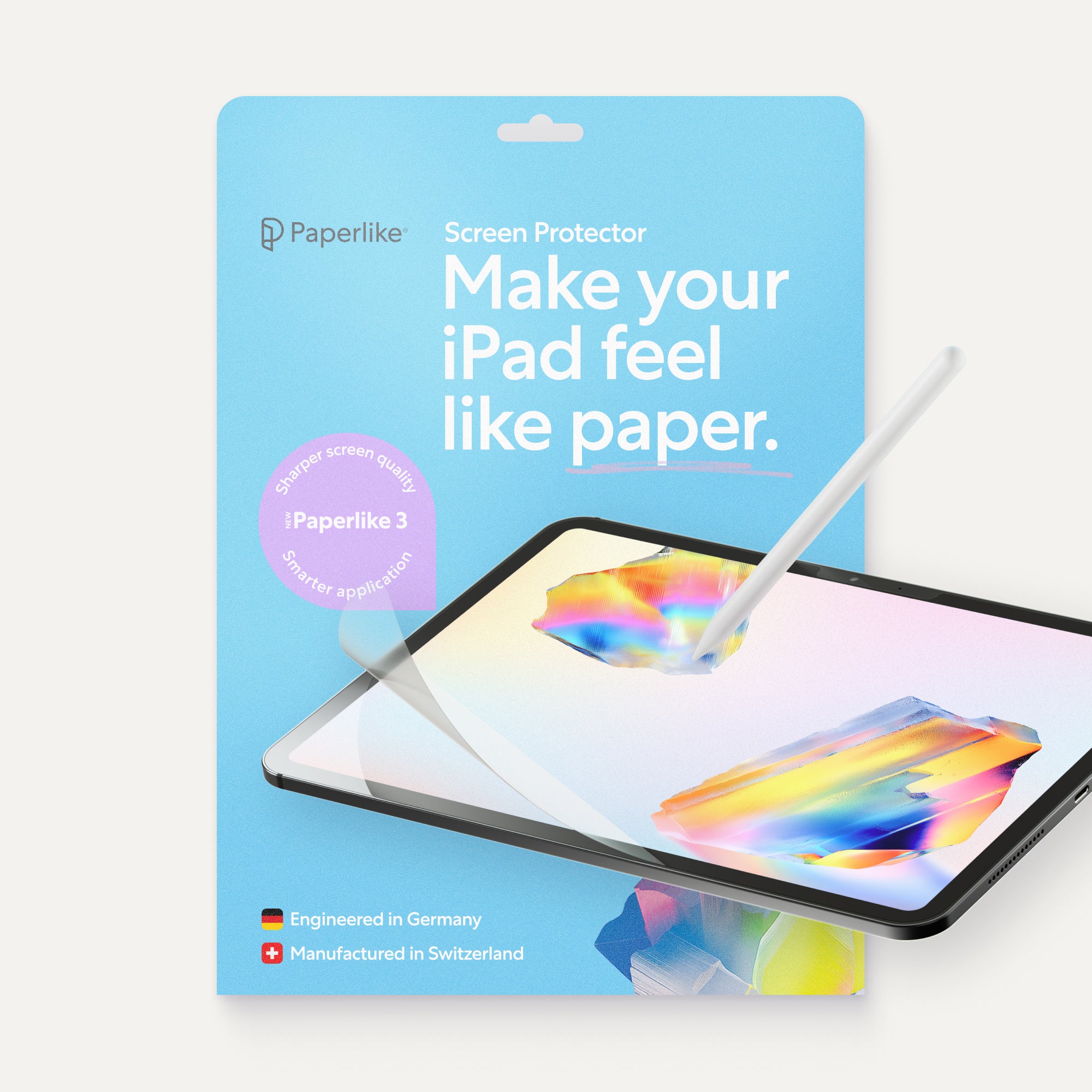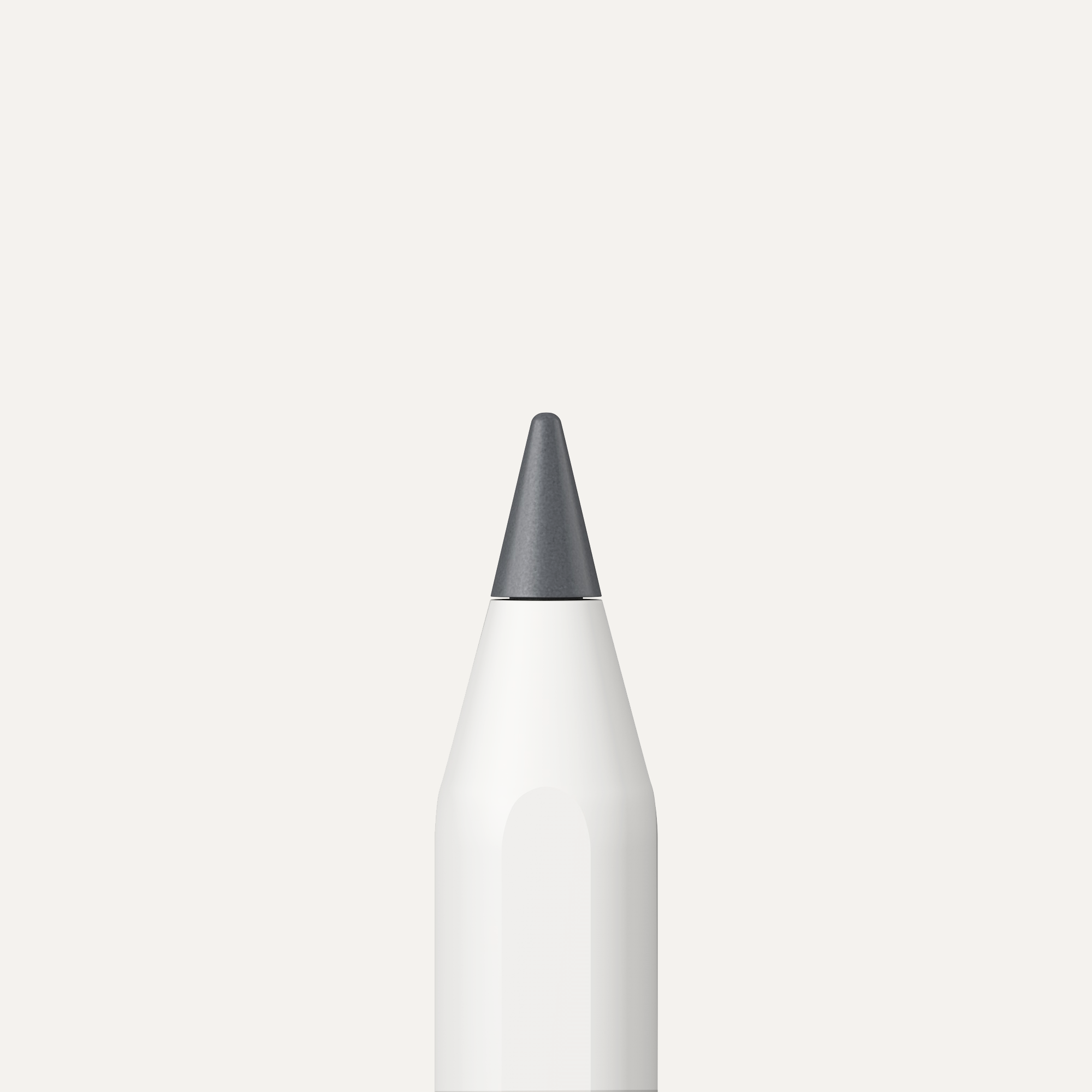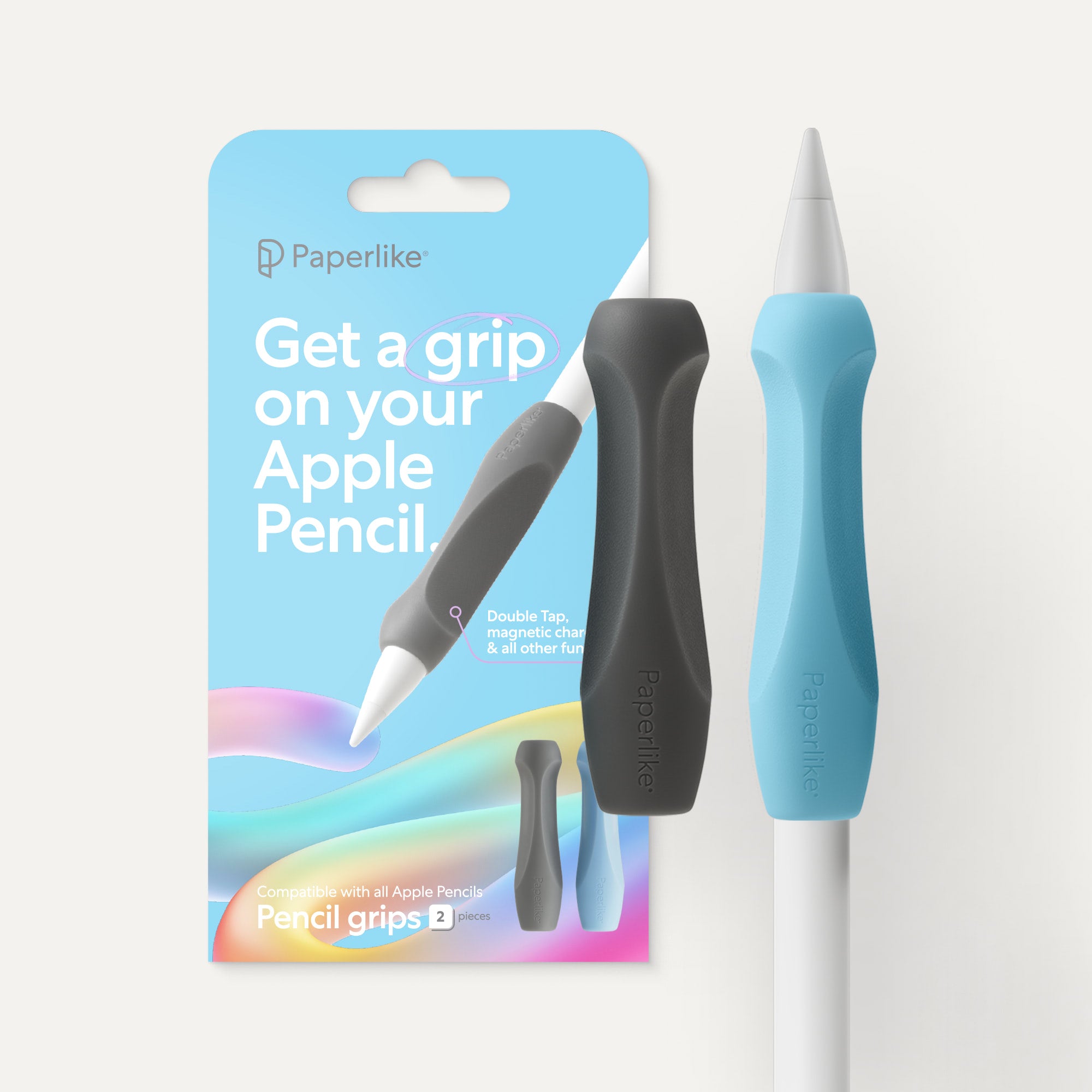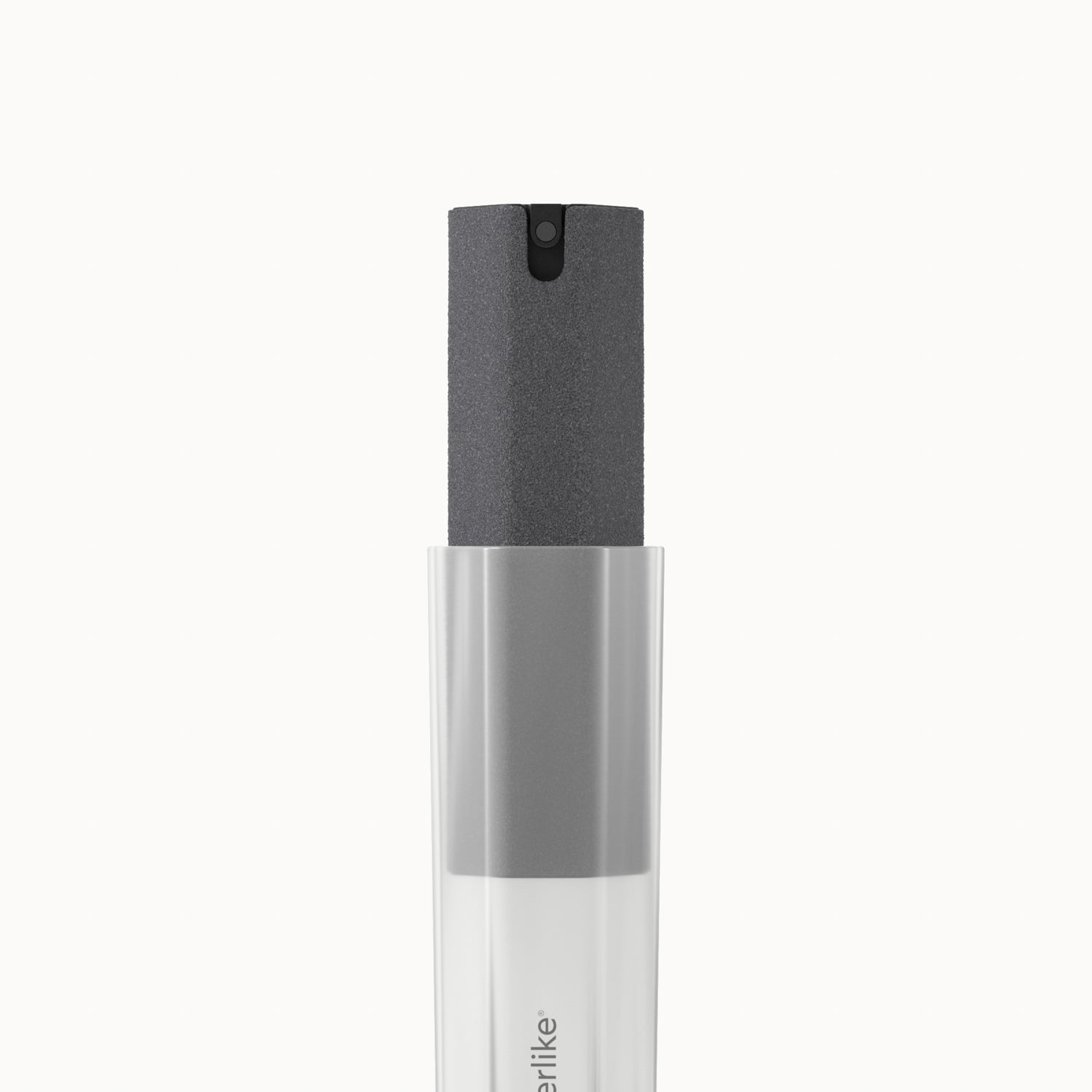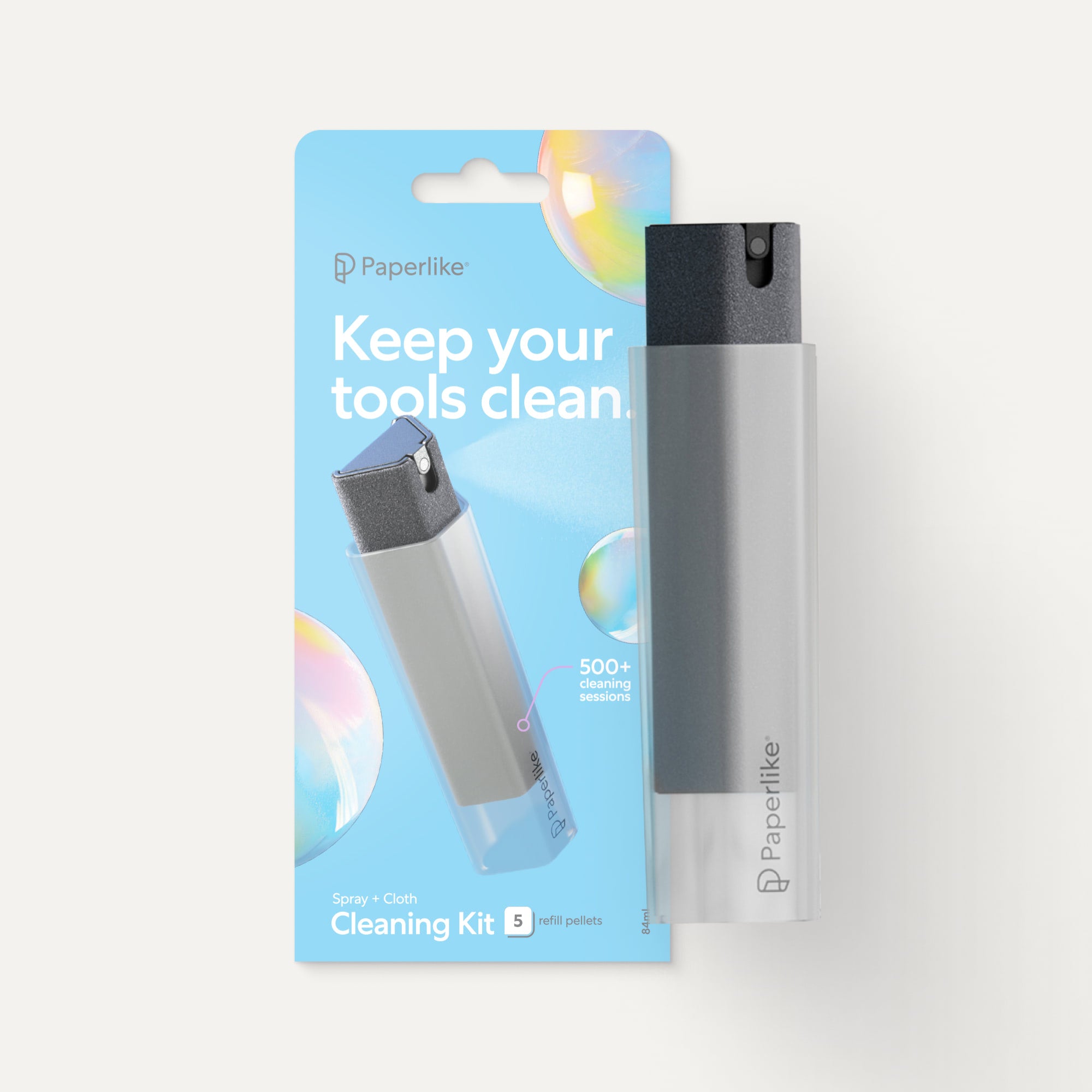Some days, my task list feels more like a guilt trip. Just a jumble of things I should be doing, with no clue where to start.
Everything was important, nothing had a home, and I kept forgetting what I was doing mid-task.
Enter Kanban.
I tried it for a week to see if a visual system could help me stay on track and actually finish what I started.
Here’s what happened.
About the Kanban Method
Kanban is a visual workflow management method that originated in manufacturing and later made its way into the world of productivity and project planning.
I’d seen it mentioned often — especially in apps like Trello and Notion — but I didn’t realize how simple (and useful) it could be for managing my own daily work.
The method encourages you to use a board divided into columns, typically labeled “To Do,” “In Progress,” and “Done,” to track tasks as they move through different stages.
The concept: Each task is represented as a card (think of it like a sticky note) that you can move across the board. You get a clear visual of where your work stands at any given moment.
The goal: By limiting the number of tasks in progress and tracking everything visually, Kanban helps reduce overwhelm, improve focus, and keep things moving.
Want to go deeper? Check out Todoist’s blog or Asana’s Kanban guide to learn more.

Navigating the Kanban workflow
As soon as I learned about the Kanban Method, I realized it was already a part of my workflow at Paperlike! We use Notion to track our content production, so I was excited to dive deeper into this approach and try applying it across both my work and personal life.
What was I aiming for? My main goal was to enhance my productivity and streamline my task management. With a packed schedule, I needed a system that gave me visibility across everything — from long-term projects to everyday to-dos — so I could make better choices about where to focus my energy.
To start, I created a fresh Kanban board in Notion that included tasks for Paperlike, freelance clients, and all the personal stuff that usually lives in my head or on sticky notes.
I set up columns for To Do, In Progress, and Done, and added everything I needed to juggle as individual cards. Each one had a quick label or emoji so I could tell at a glance what area of life it belonged to.
Right away, I noticed how much lighter everything felt.
Tasks that had been swirling around in my brain finally had a place to land. Seeing them visually organized helped me plan my days more intentionally and avoid that “what should I even be doing right now?” feeling.
From content deadlines to school pickups and cleaning the kitchen, everything lived in one place. Not only that, but it finally felt manageable.
Most days, I checked my board on the Notion app using my iPad, either at my desk or on the couch while mentally regrouping between tasks. It was easy to drag cards around with my Apple Pencil, and using it with Paperlike’s Screen Protector made everything feel smooth and natural, like jotting notes in a physical planner. It helped me stay connected to my tasks without getting pulled into full-on laptop mode.
Dragging cards into the “Done” column became its own little reward.
Even when I had bigger tasks still in progress, being able to see what I’d finished gave me a real sense of momentum.

But by the end of the week, things started to break down a bit.
I was excited and ambitious. So much so that I overloaded my In Progress column with too many active tasks. I’d start something, get distracted by another card, and end up hopping between half-finished work. Without limits, the board stopped being helpful and started feeling like just another cluttered to-do list.
So I made some tweaks.
- I capped In Progress at three tasks max. That forced me to finish things before starting something new.
- I added a Priority column for urgent items, like upcoming blog deadlines or last-minute dinner prep.
- I layered in time blocking to give structure to my day, assigning focused work sessions to whatever was active on the board.
These changes made a big difference.
I submitted a client deliverable early, finished a blog draft ahead of schedule, remembered to buy snacks before ninja class, and even found time to deep-clean the fridge (finally).
By the end of the process, I wasn’t just organizing tasks, I was clearing mental clutter.
The result? More done, less scrambling, and fewer moments of “wait, what was I supposed to be doing right now?”

What worked and what didn’t
What worked? Kanban gave me a clear, visual structure that helped me stay organized and motivated.
- The visual layout helped me stay on top of everything. I could quickly see where I was in each task and what needed attention next.
- Moving tasks to “Done” gave me a small burst of motivation every time. It was just enough to keep the momentum going.
- It made juggling multiple projects easier. Having everything in one place gave me peace of mind that nothing was falling through the cracks.
But what didn’t work? Without a few guardrails in place, I quickly ran into issues with overwhelm and distraction.
- Without limits, my “In Progress” column became overwhelming. I had to learn to rein myself in.
- It lacked built-in urgency. Without deadlines or timers, I needed another system (like time blocking) to keep myself focused.
- It took a bit of tweaking. It wasn’t plug-and-play for me — I had to experiment before it really worked.
Final thoughts
Overall, my experience with Kanban was enlightening. It took some trial and error to find what worked best for me, but I now have a powerful tool to enhance my productivity, especially during busy seasons.
If you’re someone who likes to see the full picture of your work, Kanban can help you cut through the chaos and move forward with confidence.


